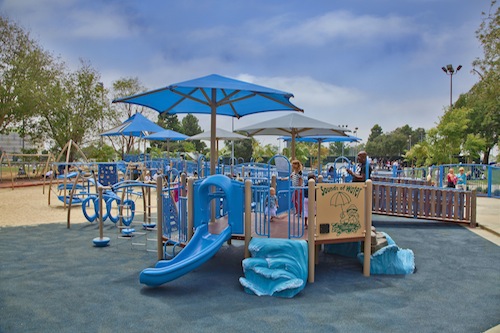Student Retention Starts With A Sense of Belonging
The world of higher education is dramatically changing. With recent enrollment declines, it is now more crucial than ever that higher education institutions transform into places where students aspire to be. This translates into learning environments that are inspiring, stimulating, and flexible enough to serve different styles of instruction, learning, and interaction. And beyond supporting the academic journey, these spaces also must be designed to foster a sense of belonging and help students rediscover the value of human connection.

In-person opportunities will always be the most impactful way for students to connect with peers, faculty members, and a campus culture that make the college experience so rewarding. While these activities typically took place in designated spaces such as the cafeteria, library, student union, and gyms, more common areas such as corridors and other open expanses need to be fully leveraged to provide more opportunities for impromptu engagement and interaction.

According to a recent Gensler research, 51% of students and 56% of educators want the option for remote (or distance) learning in the future. Higher education institutions will need to evolve from offering only a single optimal learning experience. To engage all students in the vital collaborative activities needed for applied learning and real-world skill development, highly flexible, tech-enabled spaces will need to be made available to accommodate interaction between groups of on-campus learners and virtual participants at the same time.

These collaboration areas must now be:
- Able to safely accommodate a group of students collaborating face-to-face and be adaptable to support a hybrid model that involves virtual and in-person learners simultaneously.
- Be completely tech-enabled and agile, allowing for flexible configurations using existing furniture within the same space.
Solutions
- Offer technology such as reliable Wi-Fi and strategically placed cameras, microphones, and display monitors throughout collaboration zones.
- Incorporate easily moveable seating, reconfigurable tables, and mobile display units to provide ultimate flexibility and choice for engagement.


Are you ready to make the most of your space? Call Young Equipment today to start your design process!




